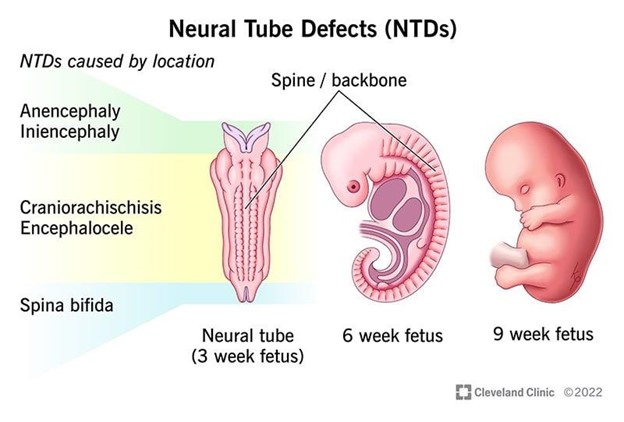A nurse is caring for a child who is having a tonic-clonic seizure and vomiting. Which of the following actions is the nurse's priority?
Place a pillow under the child's head.
Clear the area of hazards.
Position the child side-lying
Loosen restrictive clothing
The Correct Answer is C
A. Place a pillow under the child's head.
Explanation: While providing comfort is important, the priority in this scenario is to ensure the child's safety. Placing a pillow under the head can be considered after addressing immediate safety concerns.
B. Clear the area of hazards.
Explanation: Correct Choice. Ensuring the area is clear of hazards is the nurse's priority. During a seizure, the child can experience uncontrolled movements, and having hazards around can lead to injuries. Clearing the area helps prevent harm. But priority is to position the child side lying.
C. Position the child side-lying.
Explanation: Correct Choice. Placing the child in a side-lying position helps prevent choking and aspiration due to vomiting during the seizure. It also minimizes the risk of airway obstruction and helps manage secretions.
D. Loosen restrictive clothing.
Explanation: While loosening restrictive clothing can facilitate breathing, the priority in this situation is addressing safety concerns related to the seizure and vomiting. Ensuring a clear and safe environment takes precedence.
Nursing Test Bank
Naxlex Comprehensive Predictor Exams
Related Questions
Correct Answer is C
Explanation
A) Seizure Precautions:
While seizure precautions are important in certain clinical situations, they are not directly related to the excess fluid and generalized edema associated with nephrotic syndrome. Nephrotic syndrome is primarily characterized by proteinuria, hypoalbuminemia, and fluid retention, which can lead to edema. Seizure precautions would not directly address the fluid imbalance in this context.
B) Ambulation:
Ambulation involves walking or movement and is not a priority intervention for addressing excess fluid and generalized edema. The primary concern in nephrotic syndrome with fluid accumulation is to manage the fluid balance and prevent further complications related to edema, such as respiratory distress or compromised circulation.
C) Daily weight:
This is the correct priority intervention. Daily weight monitoring is crucial in managing fluid balance and assessing the effectiveness of treatment in a child with nephrotic syndrome and fluid accumulation. Sudden weight gain can indicate worsening edema, while weight loss might indicate a response to treatment. Daily weight monitoring provides essential information to adjust fluid and medication management accordingly.
D) Keep bed position flat:
While maintaining a flat bed position may help improve venous return and fluid distribution, it is not the priority intervention for managing excess fluid and generalized edema in a child with nephrotic syndrome. Monitoring daily weight and adjusting treatment based on weight changes are more directly related to addressing the fluid imbalance.
Correct Answer is A
Explanation
A. Spina bifida.
Explanation: Correct Choice. Spina bifida is a neural tube defect (NTD) that occurs during early fetal development when the neural tube doesn't close completely. It can result in various degrees of spinal cord and nerve damage. This is a suitable example to include when teaching about neural tube defects.
B. Hydrocephalus.
Explanation: Hydrocephalus is not a neural tube defect itself. It's a condition characterized by the accumulation of cerebrospinal fluid in the brain, leading to increased intracranial pressure. It can be caused by various factors, but it's not directly related to neural tube development.
C. Cerebral palsy.
Explanation: Cerebral palsy is a group of motor disorders caused by damage to the developing brain, usually before birth. It is not a neural tube defect. Instead, it's related to brain injury or abnormal development.
D. Muscular dystrophy.
Explanation: Muscular dystrophy is a group of genetic disorders characterized by progressive muscle weakness and degeneration. It's not related to neural tube defects. Muscular dystrophy affects muscle tissue, while neural tube defects involve improper development of the neural tube.

Whether you are a student looking to ace your exams or a practicing nurse seeking to enhance your expertise , our nursing education contents will empower you with the confidence and competence to make a difference in the lives of patients and become a respected leader in the healthcare field.
Visit Naxlex, invest in your future and unlock endless possibilities with our unparalleled nursing education contents today
Report Wrong Answer on the Current Question
Do you disagree with the answer? If yes, what is your expected answer? Explain.
Kindly be descriptive with the issue you are facing.
